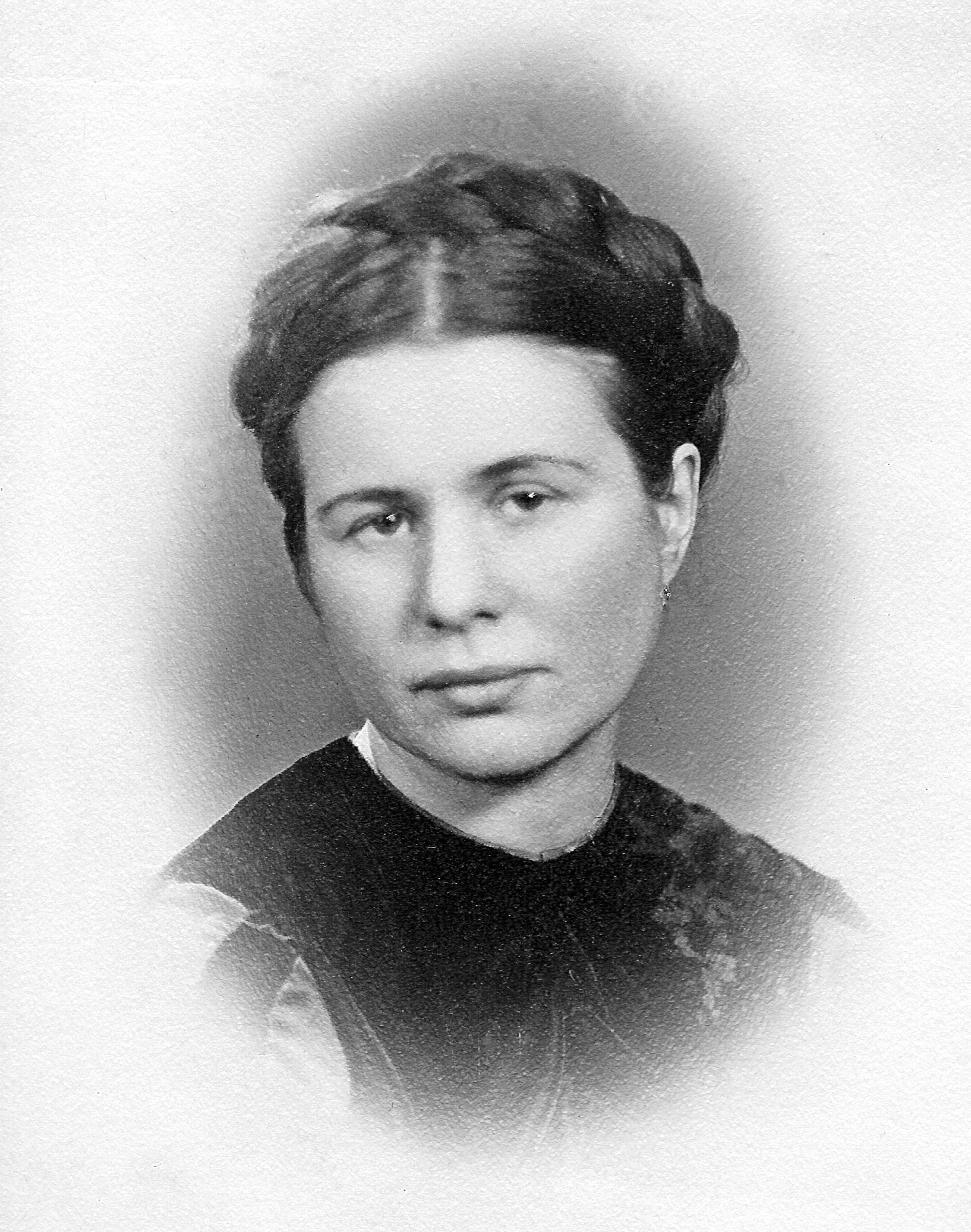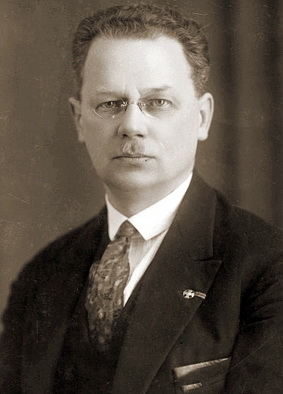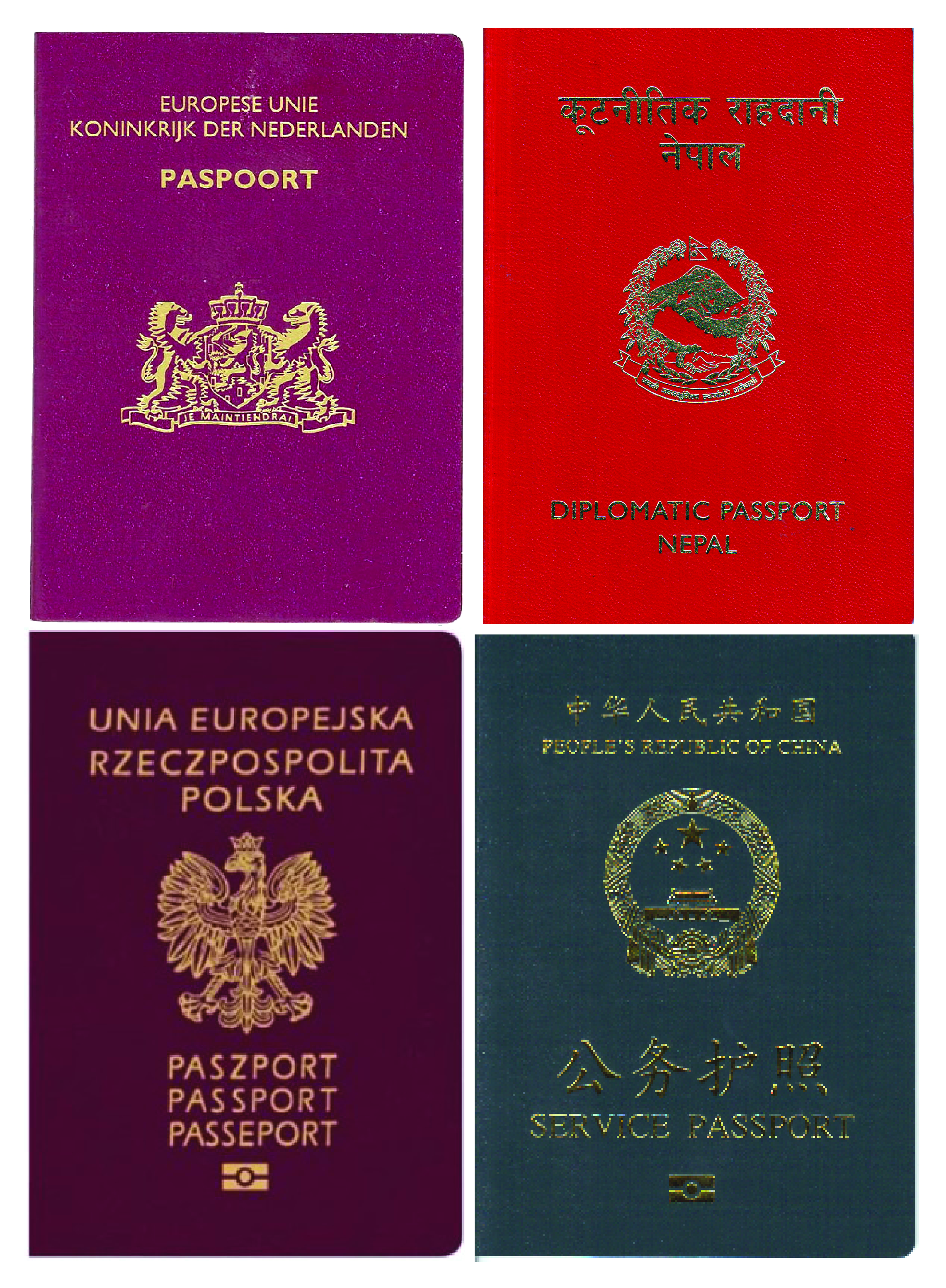|
Eiss Archive
Eiss Archive refers to the collection of documents and related memorabilia documenting the rescue by Polish diplomats of Jews threatened by the Holocaust during World War II. The archive is named after Chaim Yisroel Eiss, a Jewish Rabbi and activist who jointly set up the Ładoś Group. History The archive is named after Chaim Eiss, a Jewish activist, who during World War II co-created the Ładoś Group (also known as the Bernese Group), a group of Polish diplomats and Jewish activists led by the Polish ambassador to Switzerland in Bern, Aleksander Ładoś. During the war the group developed a system of illegal production of Latin American passports aimed at saving European Jews from The Holocaust. The documents are said to have made their way to Israel with one of Eiss’ descendants after World War II. The documents that form the Archive were acquired by the Polish Ministry of Culture from a private collector in Israel in 2018. They were displayed in the Polish embassy ... [...More Info...] [...Related Items...] OR: [Wikipedia] [Google] [Baidu] |
Rescue Of Jews By Poles During The Holocaust
Polish Jews were the primary victims of the German-organized Holocaust in Poland. Throughout the German occupation of Poland, many Poles rescued Jews from the Holocaust, in the process risking their lives – and the lives of their families. Poles were, by nationality, the most numerous persons who rescued Jews during the Holocaust. To date, ethnic Poles have been recognized by the State of Israel as Righteous among the Nations – more, by far, than the citizens of any other country. The Home Army (the Polish Resistance) alerted the world to the Holocaust through the reports of Polish Army officer Witold Pilecki, conveyed by Polish government-in-exile courier Jan Karski. The Polish government-in-exile and the Polish Secret State pleaded, to no avail, for American and British help to stop the Holocaust. The rescue efforts were aided by one of the largest resistance movements in Europe, the Polish Underground State and its military arm, the Home Army. Supported by the Governm ... [...More Info...] [...Related Items...] OR: [Wikipedia] [Google] [Baidu] |
The Holocaust
The Holocaust, also known as the Shoah, was the genocide of European Jews during World War II. Between 1941 and 1945, Nazi Germany and its collaborators systematically murdered some six million Jews across German-occupied Europe; around two-thirds of Europe's Jewish population. The murders were carried out in pogroms and mass shootings; by a policy of extermination through labor in concentration camps; and in gas chambers and gas vans in German extermination camps, chiefly Auschwitz-Birkenau, Bełżec, Chełmno, Majdanek, Sobibór, and Treblinka in occupied Poland. Germany implemented the persecution in stages. Following Adolf Hitler's appointment as chancellor on 30 January 1933, the regime built a network of concentration camps in Germany for political opponents and those deemed "undesirable", starting with Dachau on 22 March 1933. After the passing of the Enabling Act on 24 March, which gave Hitler dictatorial plenary powers, the government began isolating Je ... [...More Info...] [...Related Items...] OR: [Wikipedia] [Google] [Baidu] |
Archives In Poland
An archive is an accumulation of historical records or materials – in any medium – or the physical facility in which they are located. Archives contain primary source documents that have accumulated over the course of an individual or organization's lifetime, and are kept to show the function of that person or organization. Professional archivists and historians generally understand archives to be records that have been naturally and necessarily generated as a product of regular legal, commercial, administrative, or social activities. They have been metaphorically defined as "the secretions of an organism", and are distinguished from documents that have been consciously written or created to communicate a particular message to posterity. In general, archives consist of records that have been selected for permanent or long-term preservation on grounds of their enduring cultural, historical, or evidentiary value. Archival records are normally unpublished and almost alway ... [...More Info...] [...Related Items...] OR: [Wikipedia] [Google] [Baidu] |
The Holocaust In Poland
The Holocaust in Poland was part of the European-wide Holocaust organized by Nazi Germany and took place in German-occupied Poland. During the genocide, three million Polish Jews were murdered, half of all Jews murdered during the Holocaust. The Holocaust in Poland was marked by the construction of death camps by Nazi Germany, German use of gas vans, and mass shootings by German troops and their Ukrainian and Lithuanian auxiliaries. The extermination camps played a central role in the extermination both of Polish Jews, and of Jews whom Germany transported to their deaths from western and southern Europe. Every branch of the sophisticated German bureaucracy was involved in the killing process, from the interior and finance ministries to German firms and state-run railroads. Approximately 98 percent of Jewish population of Nazi-occupied Poland during the Holocaust were killed. About 350,000 Polish Jews survived the war; most survivors never lived in Nazi-occupied Poland, but ... [...More Info...] [...Related Items...] OR: [Wikipedia] [Google] [Baidu] |
Rescue Of Jews During The Holocaust
During World War II, some individuals and groups helped Jews and others escape the Holocaust conducted by Nazi Germany. Since 1953, Israel's Holocaust memorial, Yad Vashem, has recognized 26,973 persons as Righteous among the Nations. Yad Vashem's Holocaust Martyrs' and Heroes' Remembrance Authority, headed by an Israeli Supreme Court justice, recognizes rescuers of Jews as Righteous among the Nations to honor non-Jews who risked their lives during the Holocaust to save Jews from extermination by the Nazi Germany. By country Poland Poland had a very large Jewish population, and, according to Norman Davies, more Jews were both killed and rescued in Poland than in any other nation: the rescue figure usually being put at between 100,000–150,000.Norman Davies; ''Rising '44: the Battle for Warsaw''; Viking; 2003; p. 200 The memorial at Bełżec extermination camp commemorates 600,000 murdered Jews and 1,500 Poles who tried to save Jews. Thousands in Poland have been honore ... [...More Info...] [...Related Items...] OR: [Wikipedia] [Google] [Baidu] |
Righteous Among The Nations
Righteous Among the Nations ( he, חֲסִידֵי אֻמּוֹת הָעוֹלָם, ; "righteous (plural) of the world's nations") is an honorific used by the State of Israel to describe non-Jews who risked their lives during the Holocaust to save Jews from extermination by the Nazis for altruistic reasons. The term originates with the concept of " righteous gentiles", a term used in rabbinic Judaism to refer to non-Jews, called , who abide by the Seven Laws of Noah. Bestowing When Yad Vashem, the Shoah Martyrs' and Heroes' Remembrance Authority, was established in 1953 by the Knesset, one of its tasks was to commemorate the "Righteous Among the Nations". The Righteous were defined as non-Jews who risked their lives to save Jews during the Holocaust. Since 1963, a commission headed by a justice of the Supreme Court of Israel has been charged with the duty of awarding the honorary title "Righteous Among the Nations". Guided in its work by certain criteria, the commission metic ... [...More Info...] [...Related Items...] OR: [Wikipedia] [Google] [Baidu] |
Hotel Polski
Hotel Polski (lit. Polish Hotel), opened in 1808, was a hotel in Śródmieście, Warsaw, Poland, at 29 Długa street. In 1943, in the mop up operation following the liquidation of Warsaw Ghetto, the hotel was used by Germans as bait for Jews hiding in Warsaw. There the German agents and their Jewish collaborators pretended Jews could buy foreign passports and other documents, and then as foreign citizens, leave territories occupied by Nazi Germany. Approximately 2,500 Jews fell for this trap, with most subsequently arrested, moved to Nazi concentration camps, and perishing in The Holocaust. This case is known as "Hotel Polski Affair". In 1944 during the Warsaw Uprising the building housed a Polish insurgent stronghold called the "Holy Mother Redout", named after a painting located there. The building was heavily damaged during the fighting and re-purposed following the war. In 1965 the building was declared an object of cultural heritage and inscribed in the Polish heritag ... [...More Info...] [...Related Items...] OR: [Wikipedia] [Google] [Baidu] |
Ghettos
A ghetto, often called ''the'' ghetto, is a part of a city in which members of a minority group live, especially as a result of political, social, legal, environmental or economic pressure. Ghettos are often known for being more impoverished than other areas of the city. Versions of the ghetto appear across the world, each with their own names, classifications, and groupings of people. The term was originally used for the Venetian Ghetto in Venice, Italy, as early as 1516, to describe the part of the city where Jewish people were restricted to live and thus segregated from other people. However, early societies may have formed their own versions of the same structure; words resembling ''ghetto'' in meaning appear in Hebrew, Yiddish, Italian, Germanic, Old French, and Latin. During the Holocaust, more than 1,000 Nazi ghettos were established to hold Jewish populations, with the goal of exploiting and killing the Jews as part of the Final Solution. [...More Info...] [...Related Items...] OR: [Wikipedia] [Google] [Baidu] |
Paraguayan
Paraguay (; ), officially the Republic of Paraguay ( es, República del Paraguay, links=no; gn, Tavakuairetã Paraguái, links=si), is a landlocked country in South America. It is bordered by Argentina to the south and southwest, Brazil to the east and northeast, and Bolivia to the northwest. It has a population of seven million, nearly three million of whom live in the capital and largest city of Asunción, and its surrounding metro. Although one of only two landlocked countries in South America (Bolivia is the other), Paraguay has ports on the Paraguay and Paraná rivers that give exit to the Atlantic Ocean, through the Paraná-Paraguay Waterway. Spanish conquistadores arrived in 1524, and in 1537, they established the city of Asunción, the first capital of the Governorate of the Río de la Plata. During the 17th century, Paraguay was the center of Jesuit missions, where the native Guaraní people were converted to Christianity and introduced to European culture. After th ... [...More Info...] [...Related Items...] OR: [Wikipedia] [Google] [Baidu] |
Auschwitz-Birkenau State Museum
The Auschwitz-Birkenau State Museum ( pl, Państwowe Muzeum Auschwitz-Birkenau) is a museum on the site of the Auschwitz concentration camp in Oświęcim (German: ''Auschwitz''), Poland. The site includes the main concentration camp at Auschwitz I and the remains of the concentration and extermination camp at Auschwitz II-Birkenau. Both were developed and run by Nazi Germany during its occupation of Poland in 1939–1945. The Polish government has preserved the site as a research centre and in memory of the 1.1 million people who died there, including 960,000 Jews, during World War II and the Holocaust. It became a World Heritage Site in 1979. Piotr Cywiński is the museum's director. Overview The museum was created in April 1946 by Tadeusz Wąsowicz and other former Auschwitz prisoners, acting under the direction of Poland's Ministry of Culture and Art. It was formally founded on 2 July 1947 by an act of the Polish parliament. The site consists of 20 hectares in Auschwitz I ... [...More Info...] [...Related Items...] OR: [Wikipedia] [Google] [Baidu] |
Ministry Of Culture And National Heritage (Poland)
Ministry of Culture and National Heritage of the Republic of Poland ( pl, Ministerstwo Kultury i Dziedzictwa Narodowego) is a governmental administration office concerned with various aspects of Polish culture. It was formed on 31 October 2005, from transformation of ''Ministry of Culture of the Republic of Poland''. The ministry can trace its history back to 1918 when the Ministry of Art and Culture was established. It was suppressed in 1922 due to rationalization of public expense and structural reform of the government. It was reestablished within the temporary communist government in 1944 and has existed continuously henceforth until the merger with the Ministry of Sport in 2021. List of ministers References External links Official website of Ministry of Culture and National Heritage Poland Poland, officially the Republic of Poland, is a country in Central Europe. It is divided into 16 administrative provinces called voivodeships, covering an area of ... [...More Info...] [...Related Items...] OR: [Wikipedia] [Google] [Baidu] |
Passports
A passport is an official travel document issued by a government that contains a person's identity. A person with a passport can travel to and from foreign countries more easily and access consular assistance. A passport certifies the personal identity and nationality of its holder. It is typical for passports to contain the full name, photograph, place and date of birth, signature, and the expiration date of the passport. While passports are typically issued by national governments, certain subnational governments are authorised to issue passports to citizens residing within their borders. Many nations issue (or plan to issue) biometric passports that contain an embedded microchip, making them machine-readable and difficult to counterfeit. , there were over 150 jurisdictions issuing e-passports. Previously issued non-biometric machine-readable passports usually remain valid until their respective expiration dates. A passport holder is normally entitled to enter the country t ... [...More Info...] [...Related Items...] OR: [Wikipedia] [Google] [Baidu] |





_Panorama.jpg)


